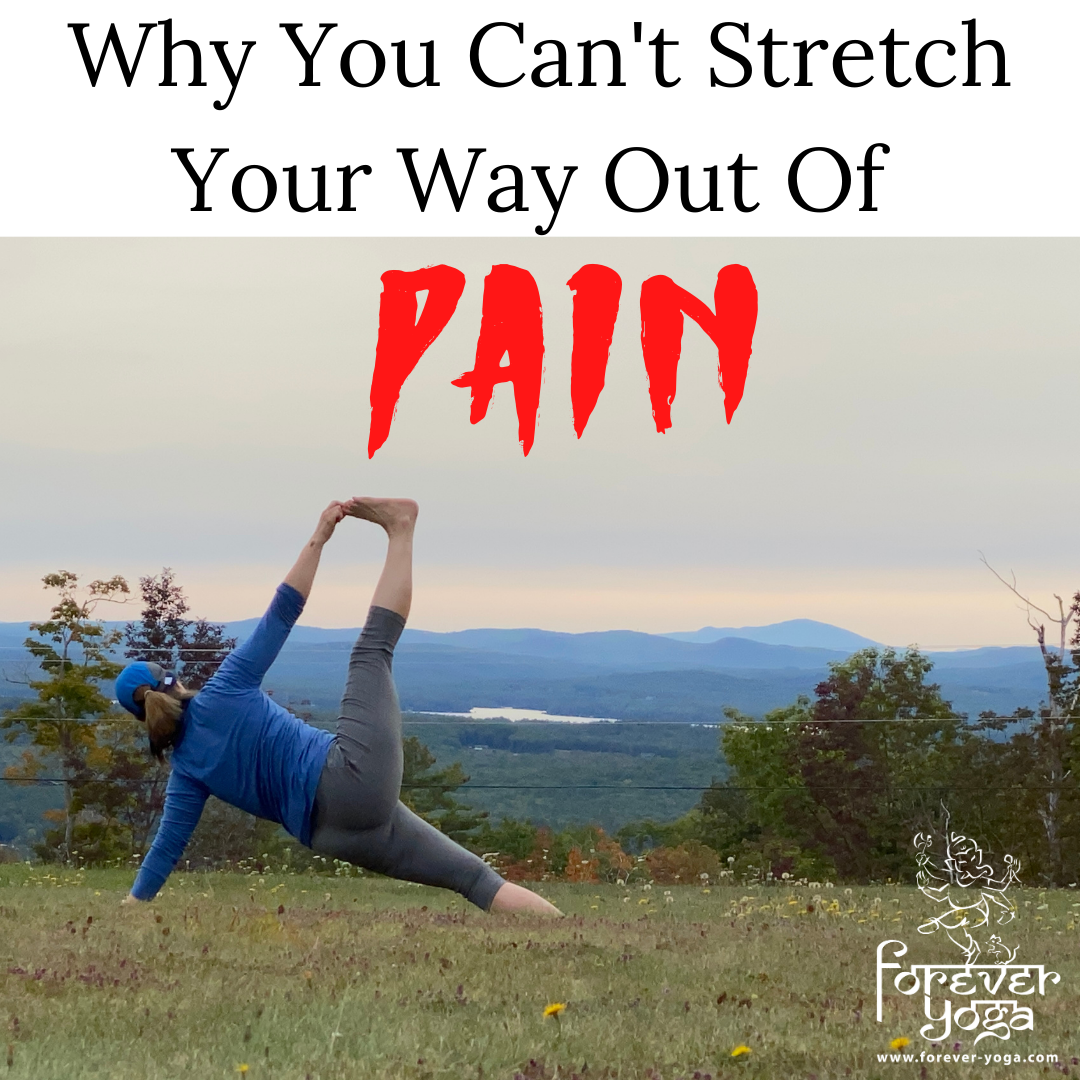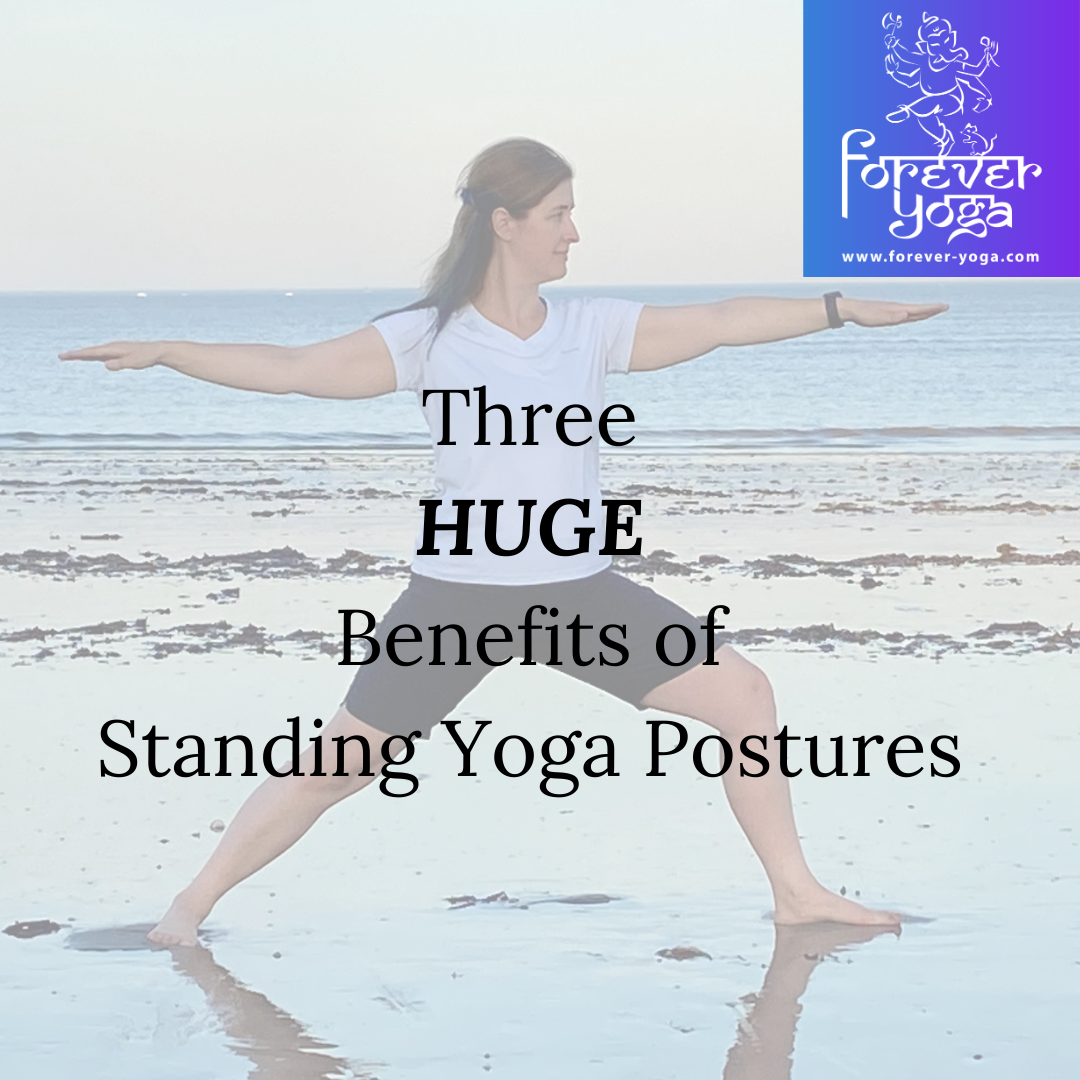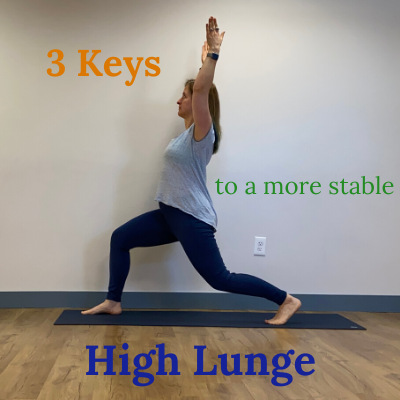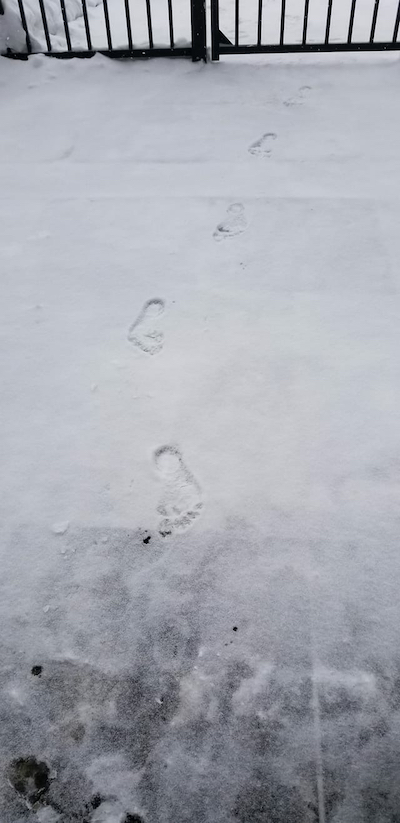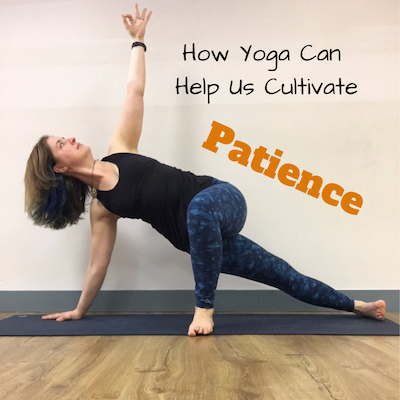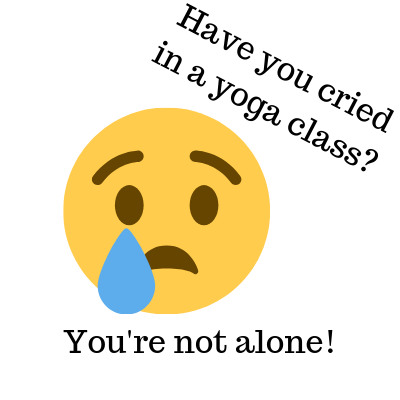Essential Differences in 3 Common Backbends
/You've probably heard Up Dog, Cobra and Sphinx pose called out in many a yoga class. But do you know the essential differences between the three poses? Here's a quick introduction or review of what makes each of these poses unique, whether you've taken 1 class or hundreds!
I see it frequently in the course of my public classes, especially with beginners but also with more experienced practitioners. The difference between these three popular backbends can be a bit confusing. So let’s go through them one by one so you can have a visual example of their differences and be more comfortable knowing which to choose in your next class.
Cobra
Low Cobra
This might be your “lowest” backbend in that you can keep it pretty close to the floor. You might be lifting just your head up.
High Cobra
Or you may go higher as shown in the picture above. Your pelvis can stay on the floor here but as you start to come up higher the top of your pelvis may lift until just your pubic bone is still touching the floor. How much the pelvis comes up depends greatly on your specific anatomy and flexibility.
A primary difference between cobra and up dog: Cobra maintains slightly bent elbows, even at it’s fullest height. Thighs and parts of the pelvis remain on the ground.
A primary difference between cobra and sphinx: Only the hands are on the ground in Cobra, not the forearms.
Up Dog
I’m skipping to Up Dog for a moment as it has the most in common with Cobra, but has some key differences. Here the arms are straightening while maintaining a micro bend in the elbows and relaxed shoulders. The tops of the feet are pressing strongly, just like in Cobra, but here they are the only part of the legs touching the floor. The thighs are lifted as well as the shins. So basically the only points of contact with the earth are through the hands and the tops of the feet.
A primary difference between Cobra and Up Dog: Only the feet and the hands are touching the ground for most bodies.
A primary difference between Up Dog and Sphinx: There is much LESS connection to the earth in Up Dog than Sphinx.
Sphinx
Sphinx pose in many ways is the odd pose out in these three poses. While the legs in this pose are similar to Cobra in that there is full connection and the engagement comes from the press of the tops of the feet, the upper body is quite different. Here you’ll find the palms of the hands all the way through to the elbows are on the earth. The elbows are ideally aligned underneath the shoulders from front to back AND from side to side. I often offer that if you find that alignment too deep for your back because you are still developing you ability to support the pose, you can walk the elbows farther forward of the shoulders to reduce the depth of the backbend. As the shoulders relax away from the ears and the spine lifts off the earth the forearms help with the “lift” of the pose by pressing down. There can also be a slight draw back on the forearms towards the hips (without actually moving them) that helps engage the shoulder blades and opens the front of the chest.
When might you choose one of these poses over another?
In a vinyasa yoga class, you’ll typically find Cobra or Up Dog offered in the actual vinyasa sequence (that combination of poses that shows up regularly of Down Dog, Plank, Cobra or Up Dog and back to Down Dog). Often you might do several repetitions of this sequence with Cobra first to help prepare for the greater spinal demand of Up Dog (you might also use Locust as part of this preparation for deeper backbending as I often do in my classes, but that’s beyond the scope of this article). Once the body is warm and ready, you might then choose to move into Up Dog in this sequence.
Typically, you won’t find Sphinx offered during the vinyasa sequence, as it can be a bit clunky to move into from Plank or even Chaturanga (but all rules are meant to be broken!) and may disrupt the flow of the sequence and the breath. It may show up at other times during the practice. However, if you are experiencing challenges in the wrists, hands or even the elbows, Sphinx can be a great substitution to still get in a juicy backbend while giving these joints a little more ease. Some people may also find it a little easier on the back as well.
Remember that this is just a basic guide. There are many nuances that you may develop over the course of your practice, but I hope this guide helps you figure out the differences between these three often called for poses.
Is there something that still isn’t clear for you? Leave me a comment and I’ll try to clarify!












